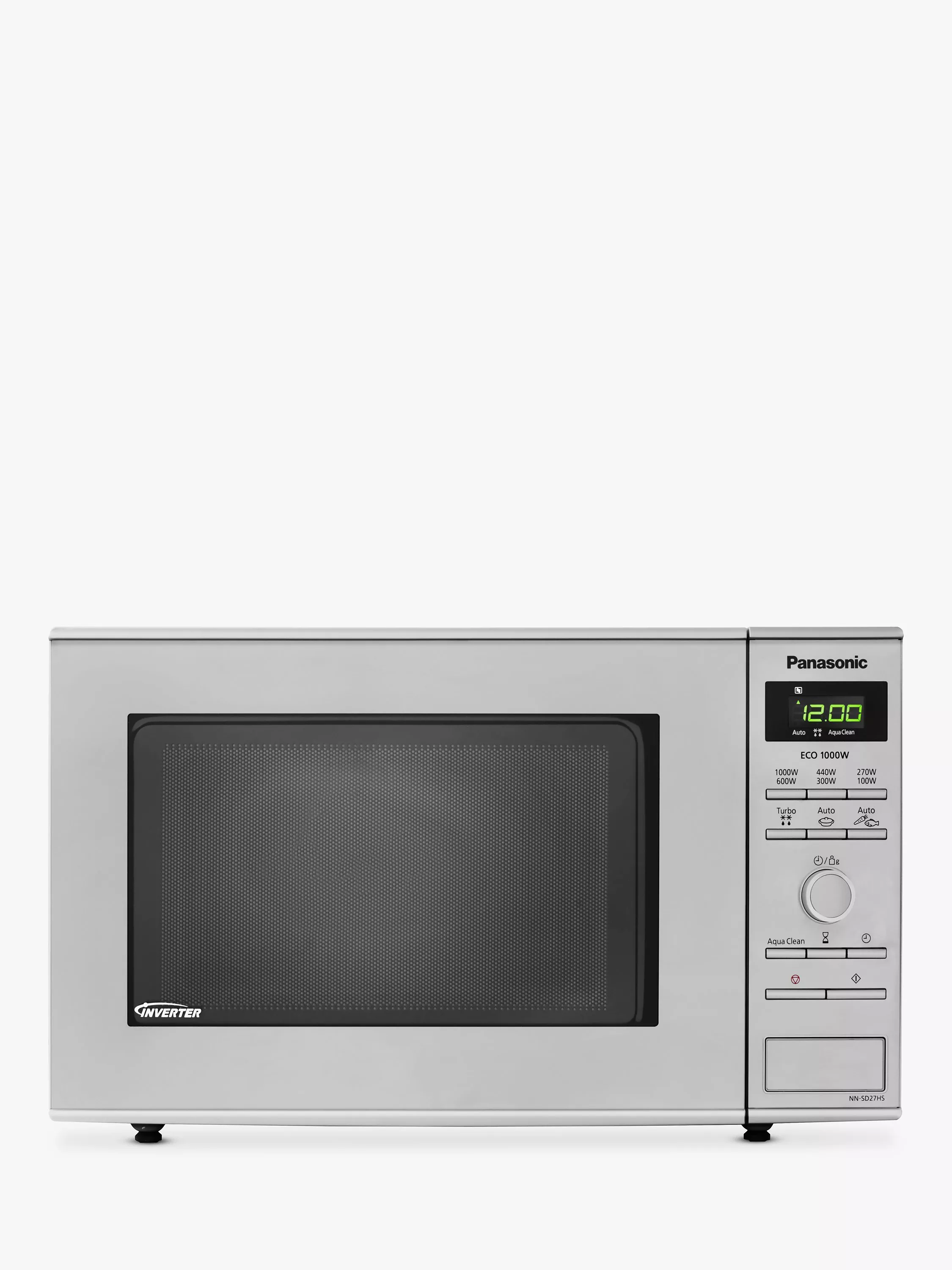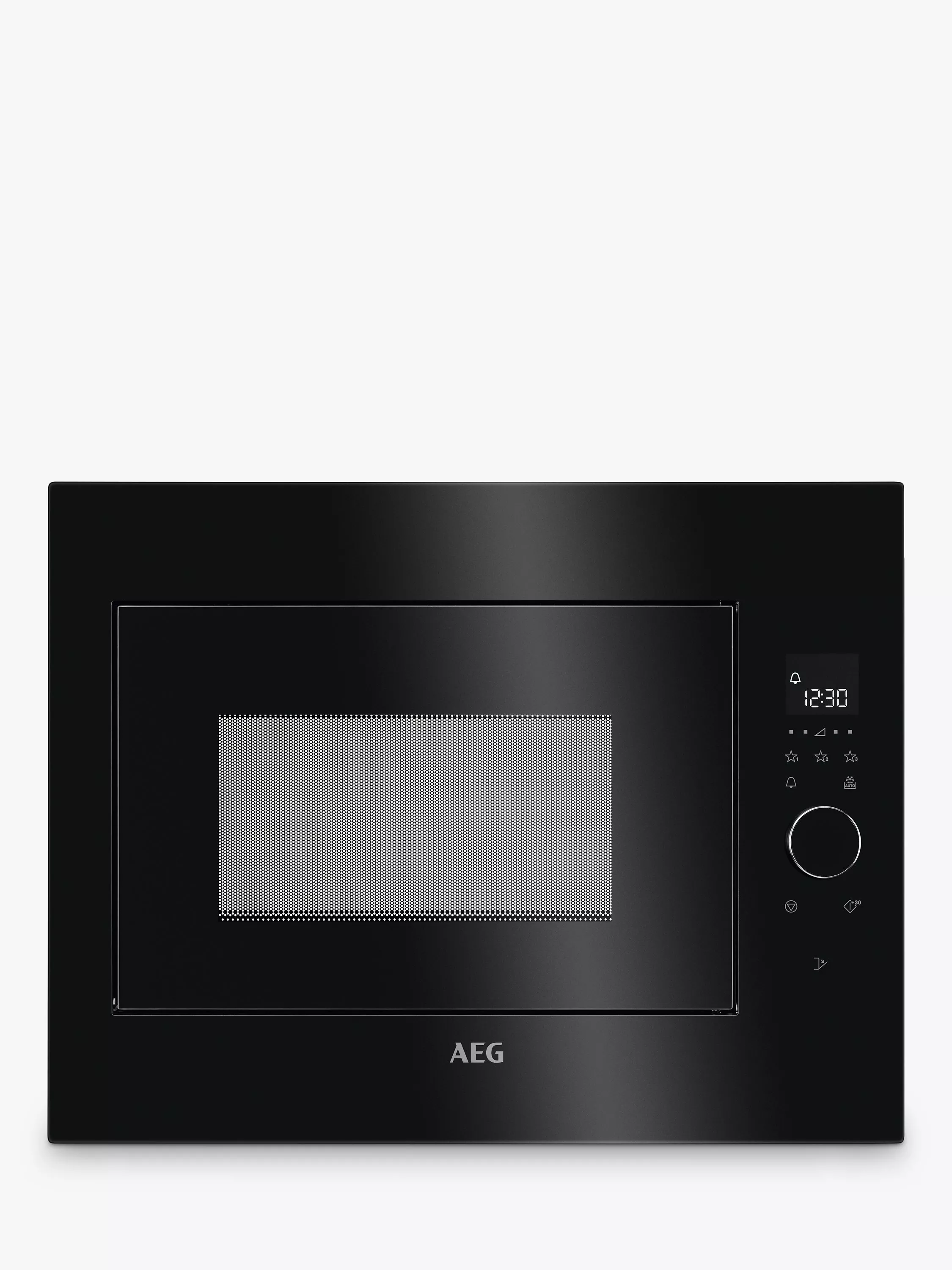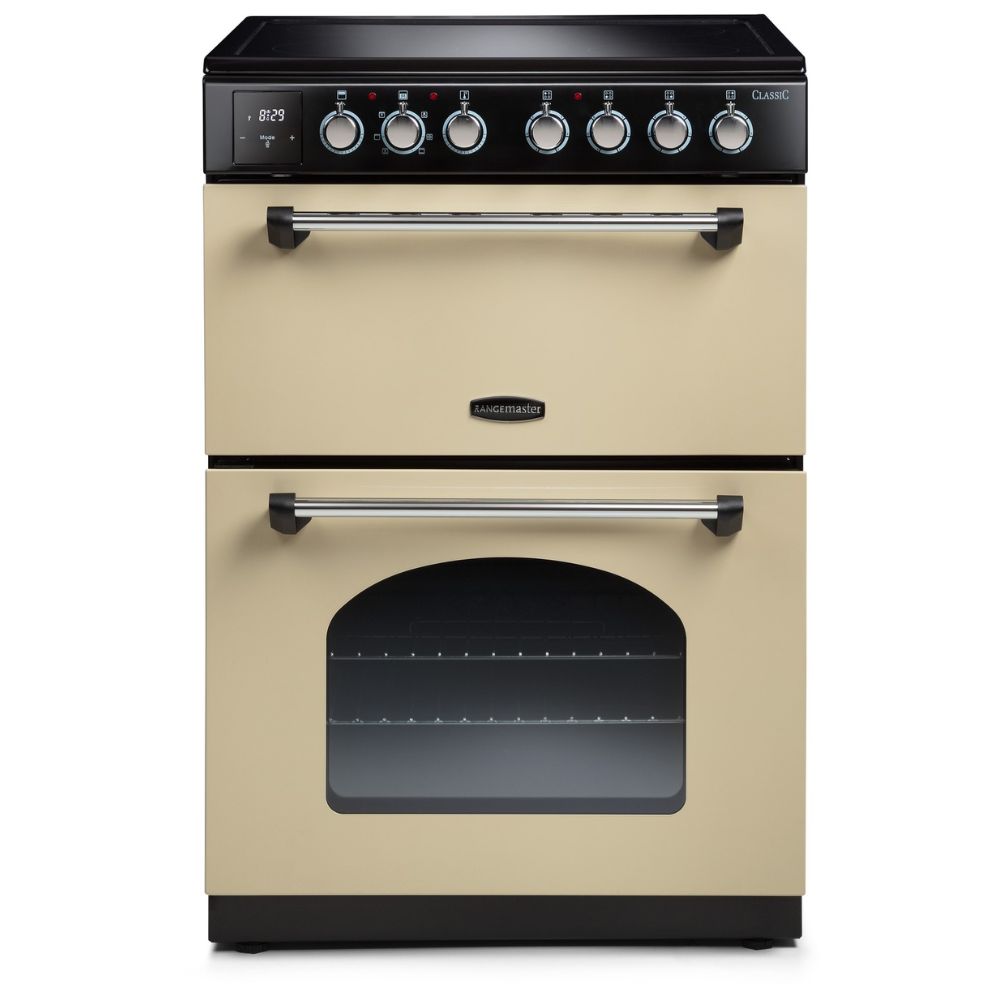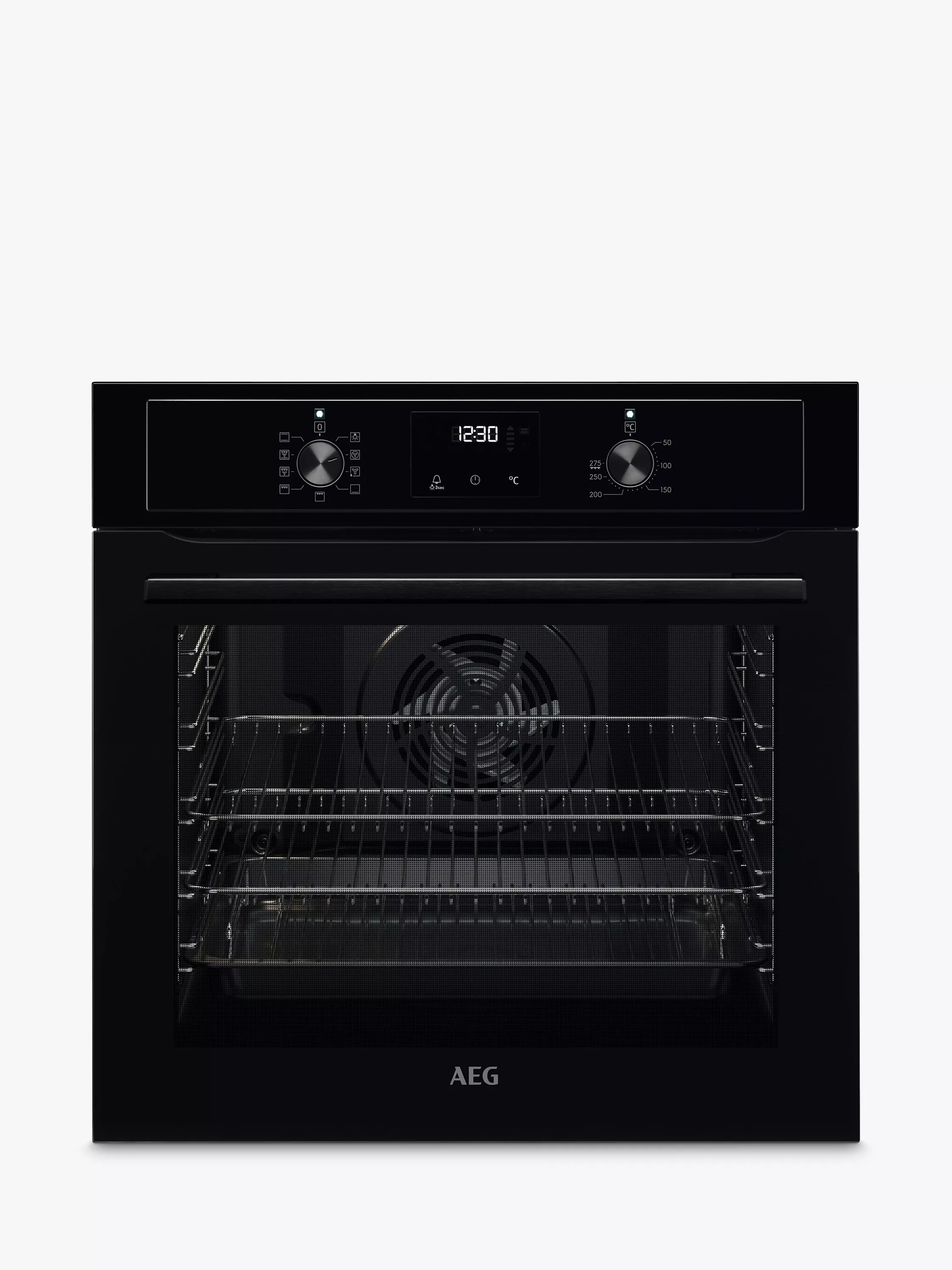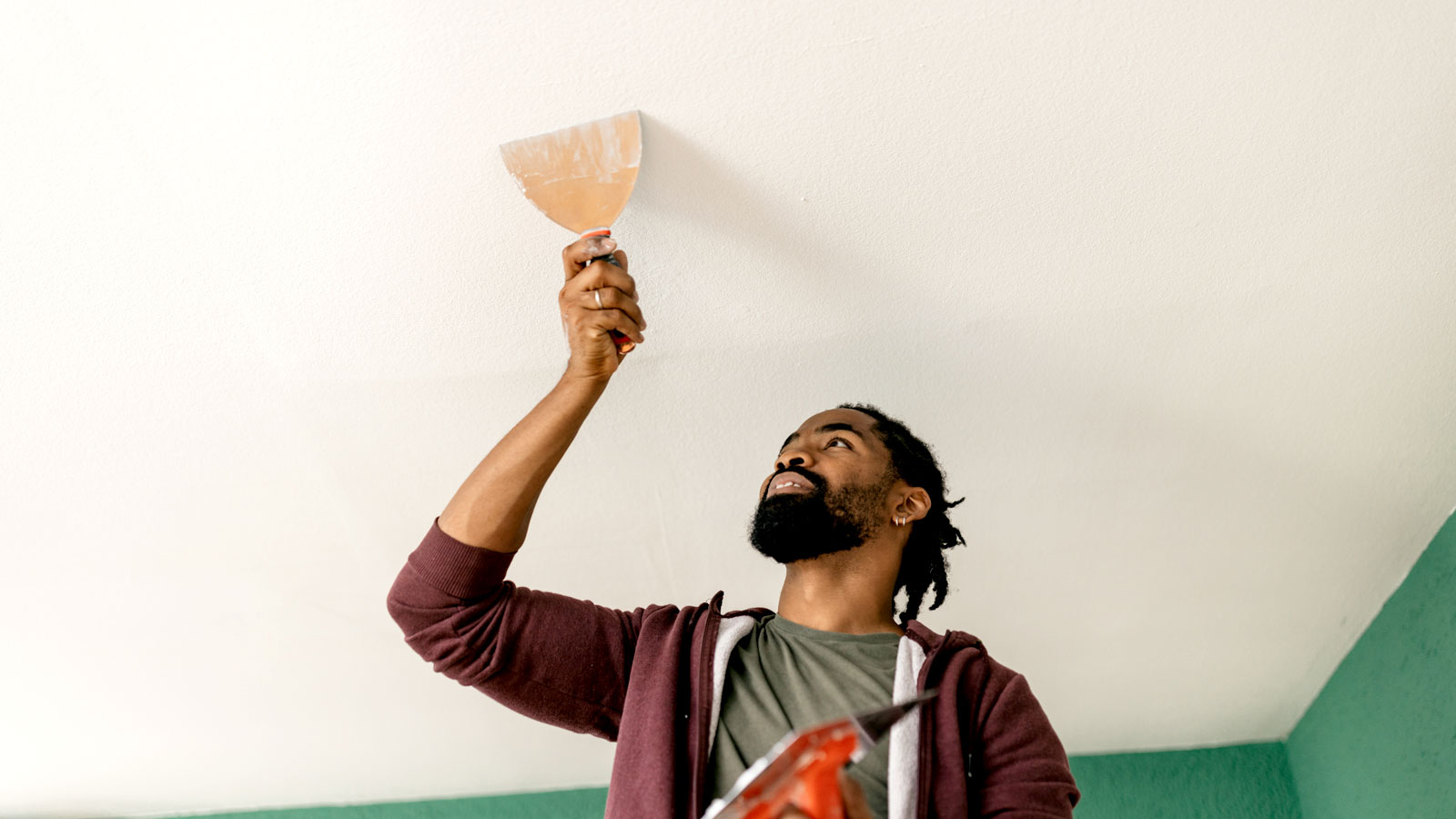Integrated vs freestanding kitchen appliances: Which works best for your space?
Experts share their professional advice for choosing the perfect type of kitchen appliance for your layout and lifestyle
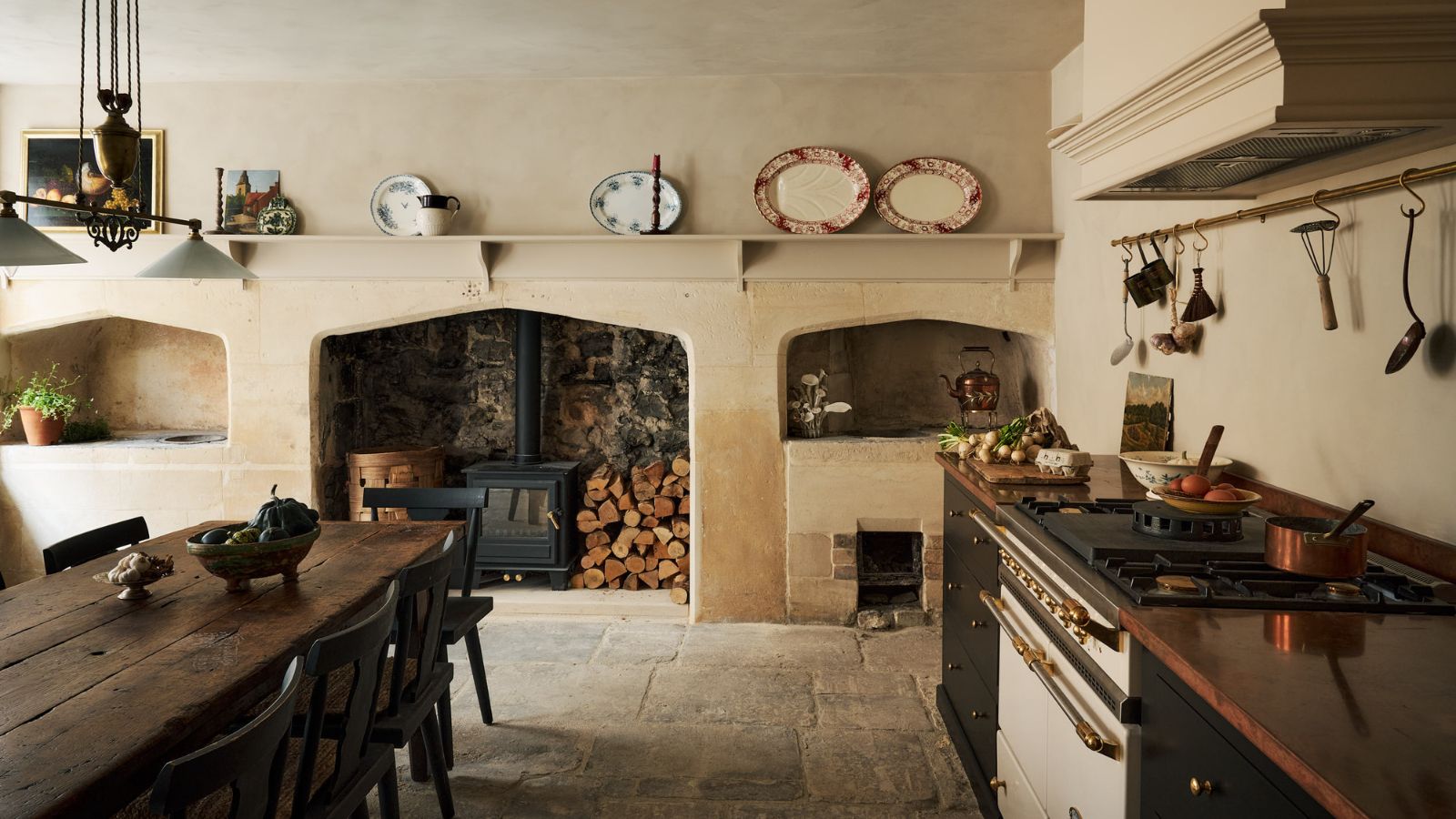
If you’re in the midst of designing a new kitchen, you might be weighing up the choice between integrated vs freestanding kitchen appliances.
While there’s no definitive right or wrong choice, this decision will undoubtedly influence both the personality and practicality of your space. On one hand, integrated appliances are perfect for creating a cohesive, built-in aesthetic, while freestanding units offer flexibility and a sense of individuality. So how do you settle on the right option?
To make choosing your kitchen appliances a little easier, we turned to kitchen experts to uncover the pros and cons of both options, so you can decide what works best for your home.
What’s the different between integrated vs freestanding kitchen appliances?
The difference between integrated vs freestanding kitchen appliances lies in how they’re installed and the overall 'look' they create.
"Both options have advantages, but they offer distinct experiences impacting your kitchen's look and functionality and homeowners should be aware of the difference," explains Tony Collier, senior product manager at Wickes.
"Freestanding appliances are designed to stand alone, offering versatility and easy integration into various kitchen layouts, and are a traditional choice and common in many households. On the other hand, built-in appliances, provide a unified, cohesive look that fits with or into cabinetry, creating a sleek and customised appearance."

Tony has over 20 years of expertise in the kitchen and bathroom industry. His role as Senior Product Manager involves identifying future trends, developing innovative products, and delivering customer-focused solutions to the market.
Which type of appliance is best for your kitchen?
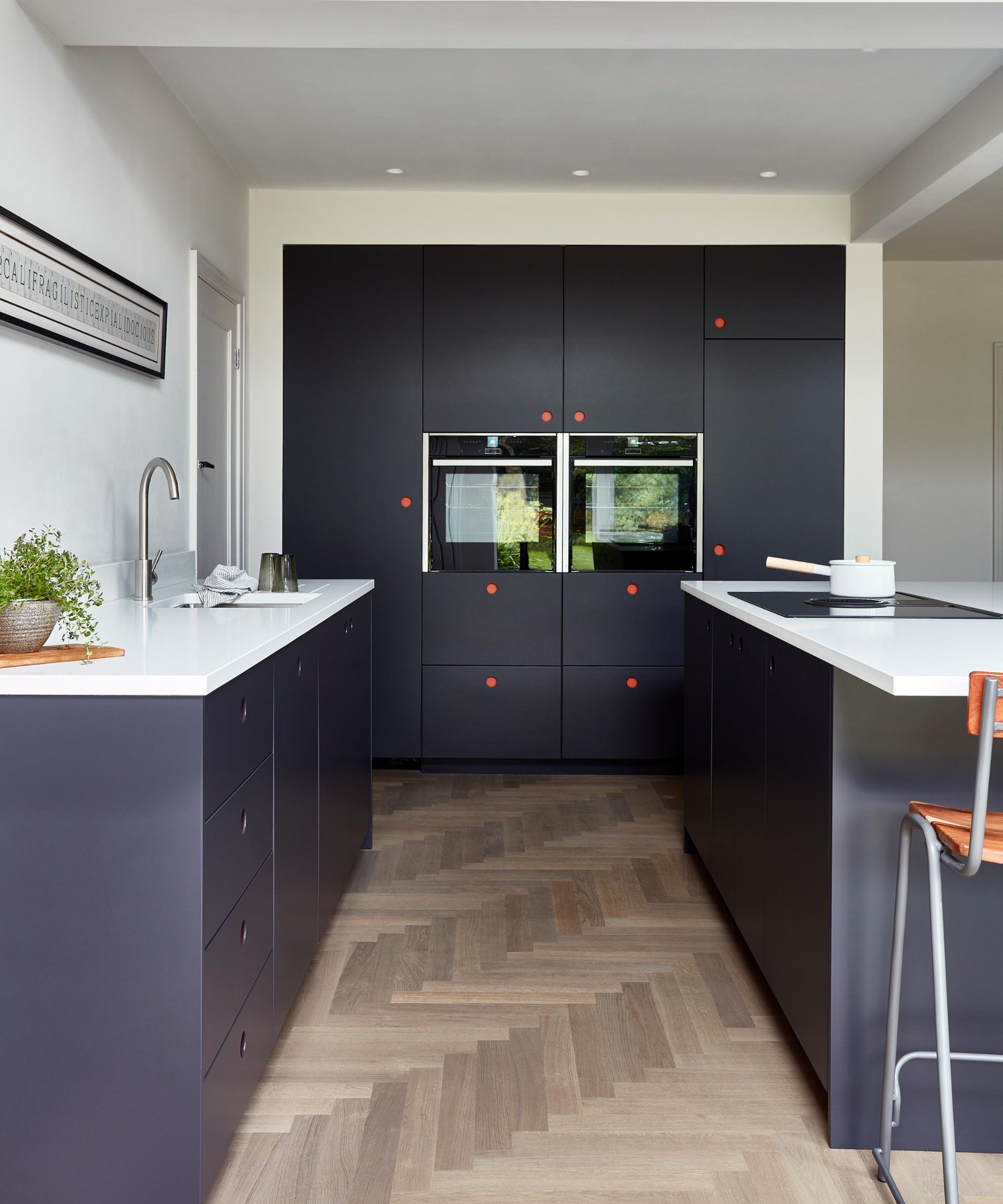
Your kitchen layout and size will play a crucial role when deciding between integrated vs freestanding kitchen appliances.
Small kitchens or narrow kitchens often benefit from integrated appliances, as they free up valuable worktop space and optimise floor space. Paul Richardson, showroom stylist at Wren Kitchens explains: “A benefit of integrated appliances is that they save space within the kitchen, removing larger appliances from worktops and placing them at convenient points within the body of the kitchen.”
In open-plan kitchens, integrated appliances are also a smart choice if you want to keep things streamlined. Because they blend in with the cabinetry, they create a polished look that won’t disrupt the flow between the cooking, dining, and living areas – perfect if you want your appliances to fade into the background.
In contrast, freestanding appliances can be bulkier and occupy more floor space, but they often offer greater internal capacity. This makes them suitable for larger households or those needing ample storage.
Freestanding units are also well-suited to shaker kitchens or farmhouse-style kitchens, where their standalone presence can make a statement. Helen Parker, creative director at deVOL , explains: “Agas and range cookers are the most popular and most desirable cookers for traditional styles of kitchen. Their freestanding design gives a more robust and simple vibe, much more so than having integrated hobs and ovens.
“The cooker and the kitchen furniture become two distinctly separate entities when the appliances are freestanding, this enables the cupboards to stay as cupboards and storage rather than being adapted to fit appliances which makes them feel less authentic."
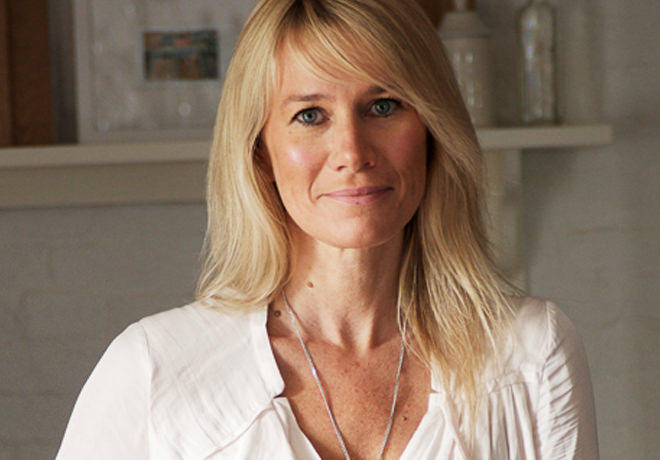
Helen Parker, Creative Director at deVOL Kitchens, is the visionary behind the brand's timeless aesthetic, award-winning designs, and iconic pieces like the Sebastian Cox Kitchen and the Curiosity Cupboard.
What are the differences in terms of installation?
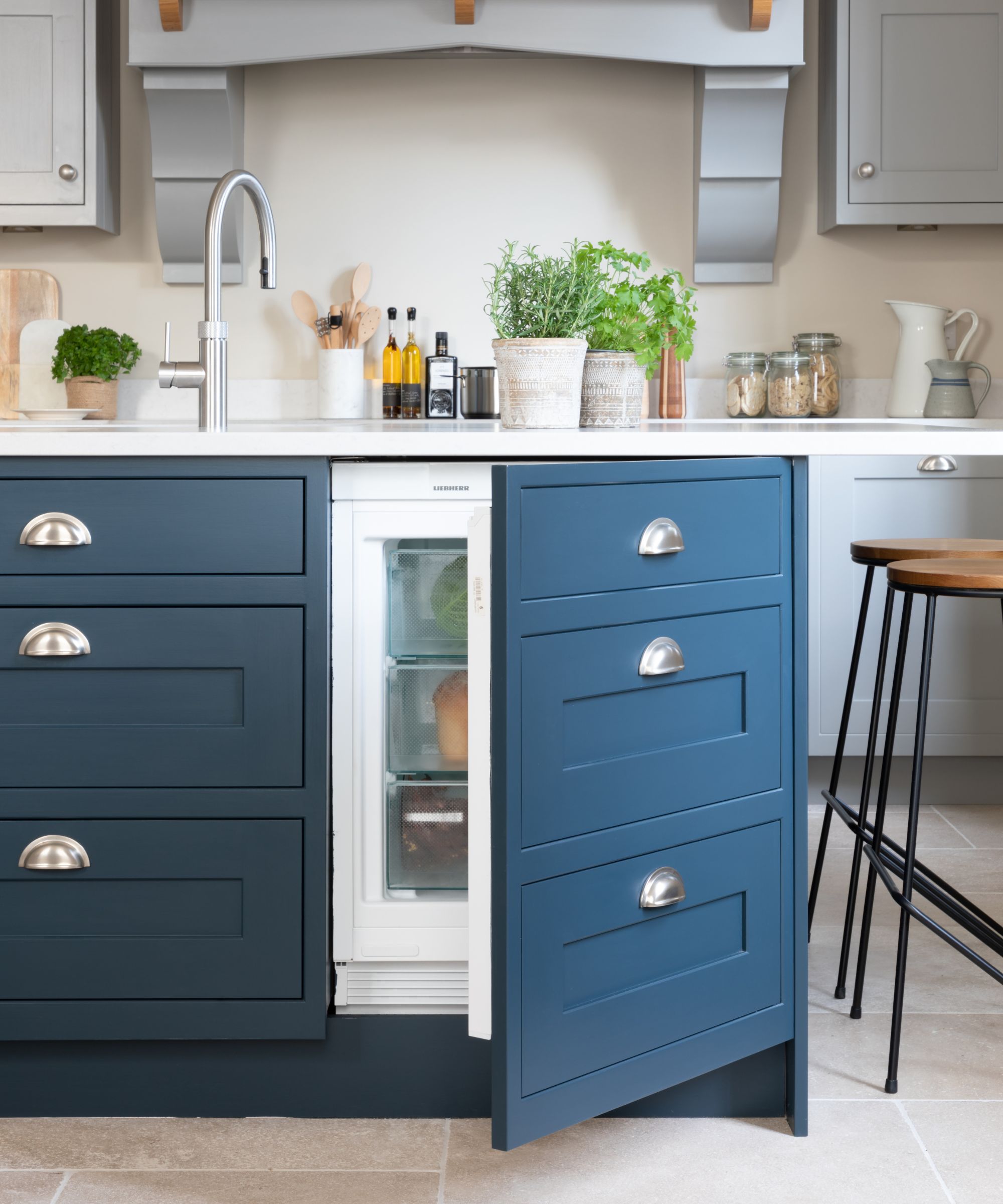
"Freestanding units offer the ultimate in flexibility," explains Tony Collier. With no need for bespoke cabinetry or complex installation, freestanding appliances can be positioned almost anywhere in a kitchen, provided there is access to a power source.
Integrated appliances, on the other hand, require additional planning to ensure they fit neatly within your cabinetry. Tony Collier explains, “Built-in appliances, while offering a sleek look, do obviously require an added level of expertise for installation. While this can increase upfront costs, many homeowners feel the cohesive finish these appliances provide is worth the investment."
What are the differences in terms of maintenance?
Freestanding models, like fridges, ovens, or dishwashers, are often easier to access for maintenance. This is because they aren’t fixed into cabinetry, so they can be moved or replaced with minimal disruption, making repairs straightforward and often much easier to arrange.
Integrated appliances, on the other hand, while designed to last longer, can present more challenges when repairs are needed. As Paul Richardson explains, “As integrated appliances are more permanent than freestanding units, these may need to be repaired over the years... calling an expert who can quickly fix the appliance is always an easier option.”
It’s also worth noting that with integrated options, parts and servicing may cost more due to their bespoke nature and built-in designs.
Shop integrated and freestanding microwaves
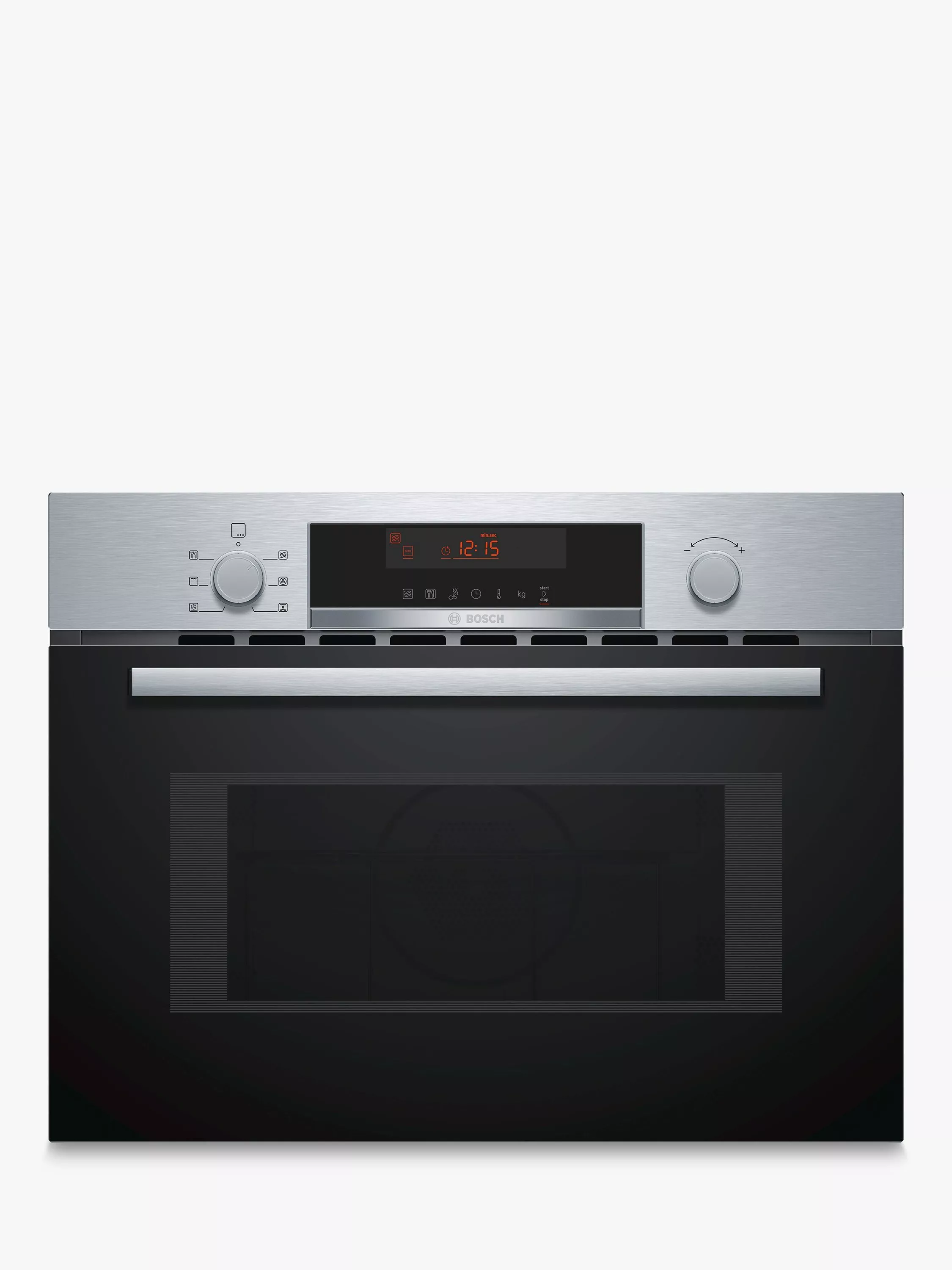
Equipped with the latest technology, the CMA583MS0B's microwave function saves time preparing, defrosting and re-heating your food, while the Hotair feature distributes heat evenly.
What are the differences in cost?
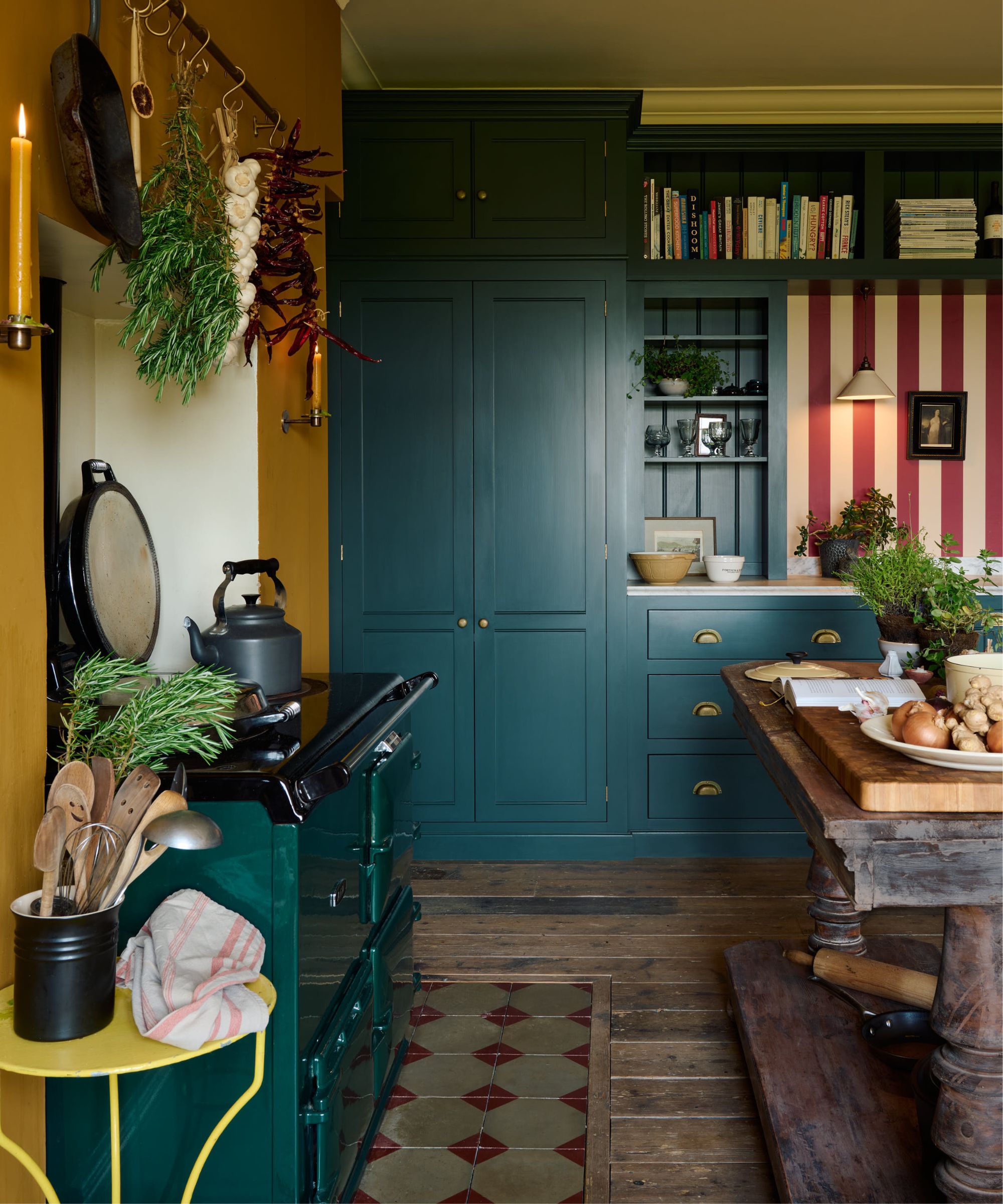
“As integrated appliances are often a bespoke kitchen element, they are more likely to be priced higher than freestanding appliances,” explains Paul Richardson. “However, the premium features that come with built-in technology alongside the fitting cost will each increase the price.”
Freestanding appliances are generally more affordable, both in terms of upfront price and installation costs, meaning they’re often the go-to option for those looking to save money or keep their kitchen layout flexible.
That being said, at the higher end of the freestanding spectrum, Agas and range cookers can come with a significant price tag, often rivalling or even exceeding the cost of some integrated options.
Shop built-in and freestanding cookers
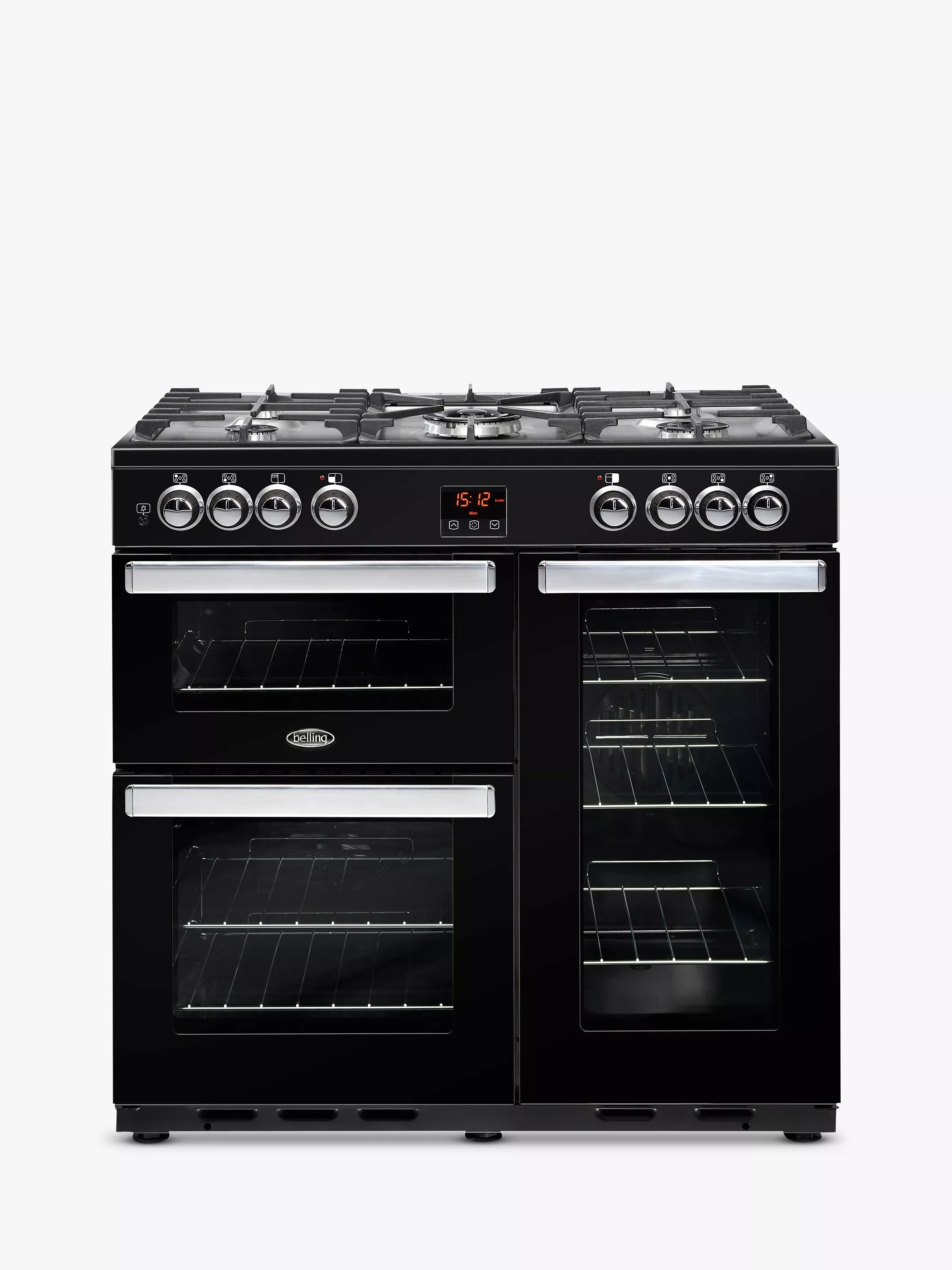
The Belling range cooker features two fan ovens, a grill, and gas hob, as well as a tall oven for batch baking, and sleek, simple controls.
Which type of appliance is best for your style of kitchen?
"The more contemporary the kitchen design, the more suitable integrated appliances become," explains Helen Parker from deVOL. Modern kitchens with clean lines and understated finishes are therefore the perfect backdrop for integrated appliances, as they maintain the flow and simplicity of the space without drawing attention to themselves.
Bespoke kitchens, on the other hand, really shine with freestanding appliances. A statement range cooker or freestanding fridge, for example, can add bags of character and charm to these types of kitchen. Helen Parker explains: “Kitchen furniture feels more bespoke and authentic when it doesn’t need to be built to incorporate modern appliances.”
If you’re looking for a clever way to balance practicality and aesthetics, consider incorporating an appliance garage into your kitchen design. This smart storage solution keeps small appliances like toasters, blenders, and coffee machines neatly tucked away yet easily accessible.
Get the Homebuilding & Renovating Newsletter
Bring your dream home to life with expert advice, how to guides and design inspiration. Sign up for our newsletter and get two free tickets to a Homebuilding & Renovating Show near you.

Gabriella is an interiors journalist and has a wealth of experience creating interiors and renovation content. She was Homebuilding & Renovating's former Assistant Editor as well as the former Head of Solved at sister brand Homes & Gardens, where she wrote and edited content addressing key renovation, DIY and interior questions.
She’s spent the past decade crafting copy for interiors publications, award-winning architects, and leading UK homeware brands. She also served as the Content Manager for the ethical homeware brand Nkuku.
Gabriella is a DIY enthusiast and a lover of all things interior design. She has a particular passion for historic buildings and listed properties, and she is currently in the process of renovating a Grade II-listed Victorian coach house in the West Country.
